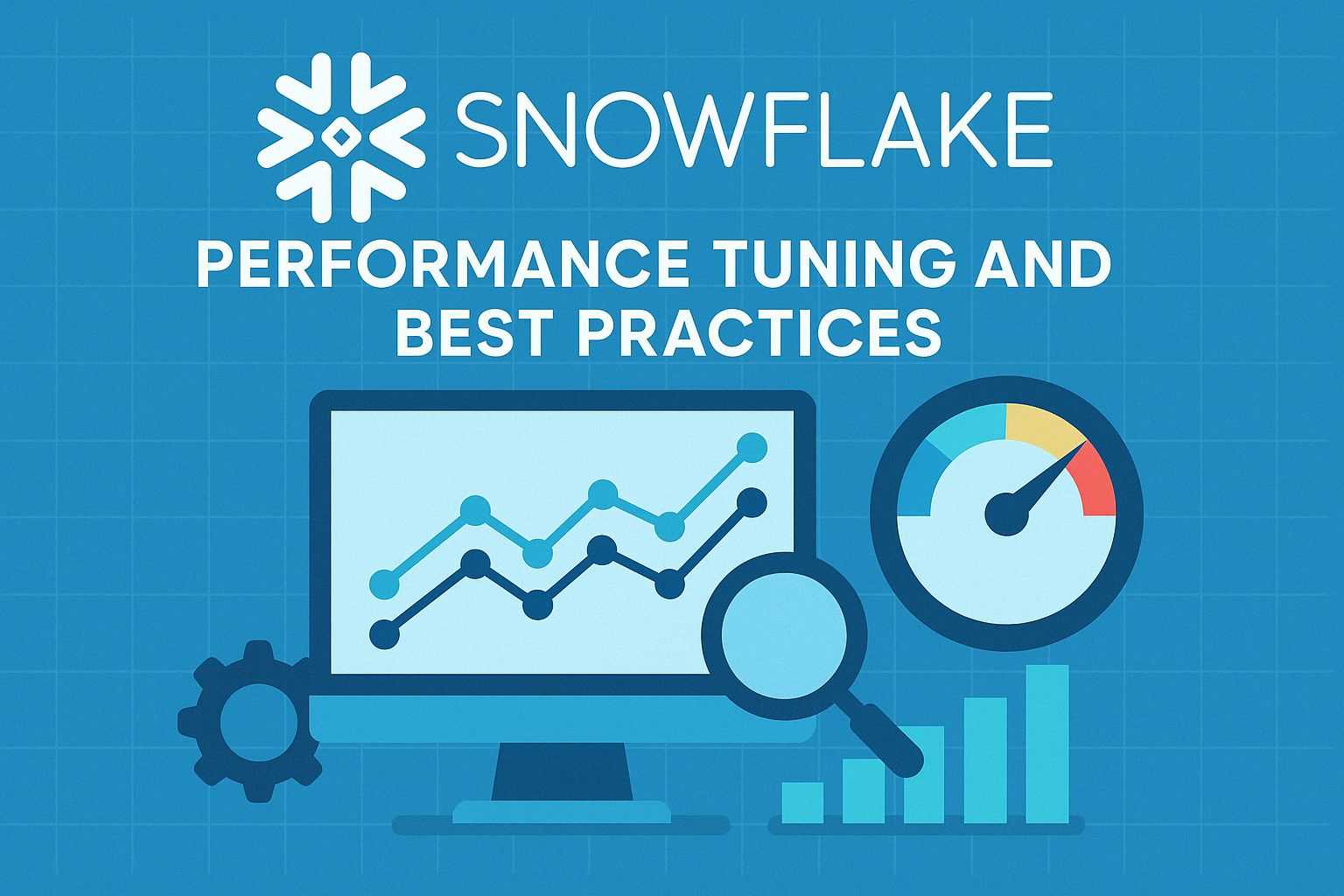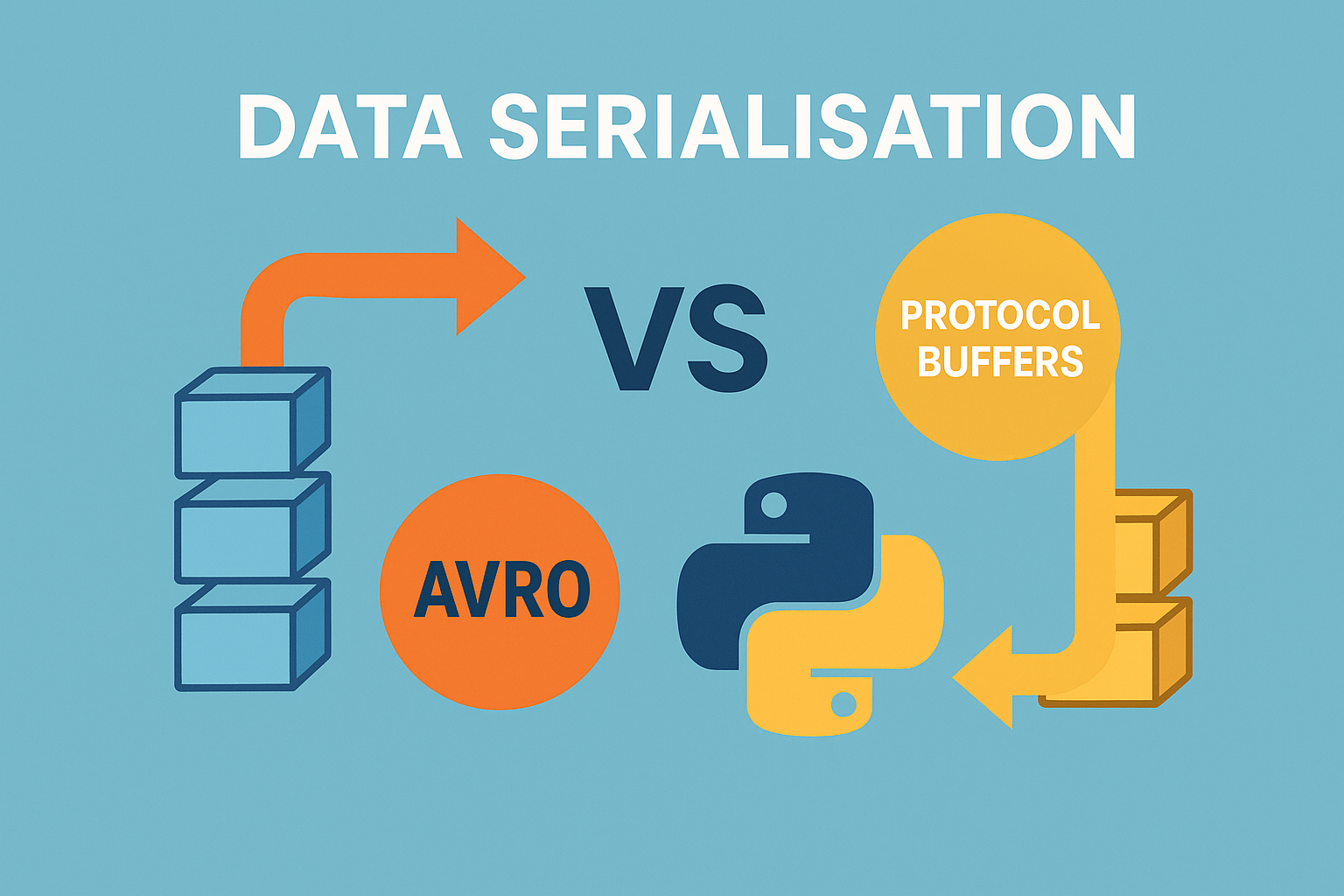Snowflake – Performance Tuning and Best Practices
Snowflake’s cloud-native architecture makes it incredibly easy to get started — but running it efficiently at scale is a whole different game. If you’ve ever faced slow queries, ballooning credit consumption, or unpredictable performance, you’re not alone. Tuning Snowflake workloads requires more than just adjusting warehouse sizes — it involves understanding how Snowflake stores data, … Read more


